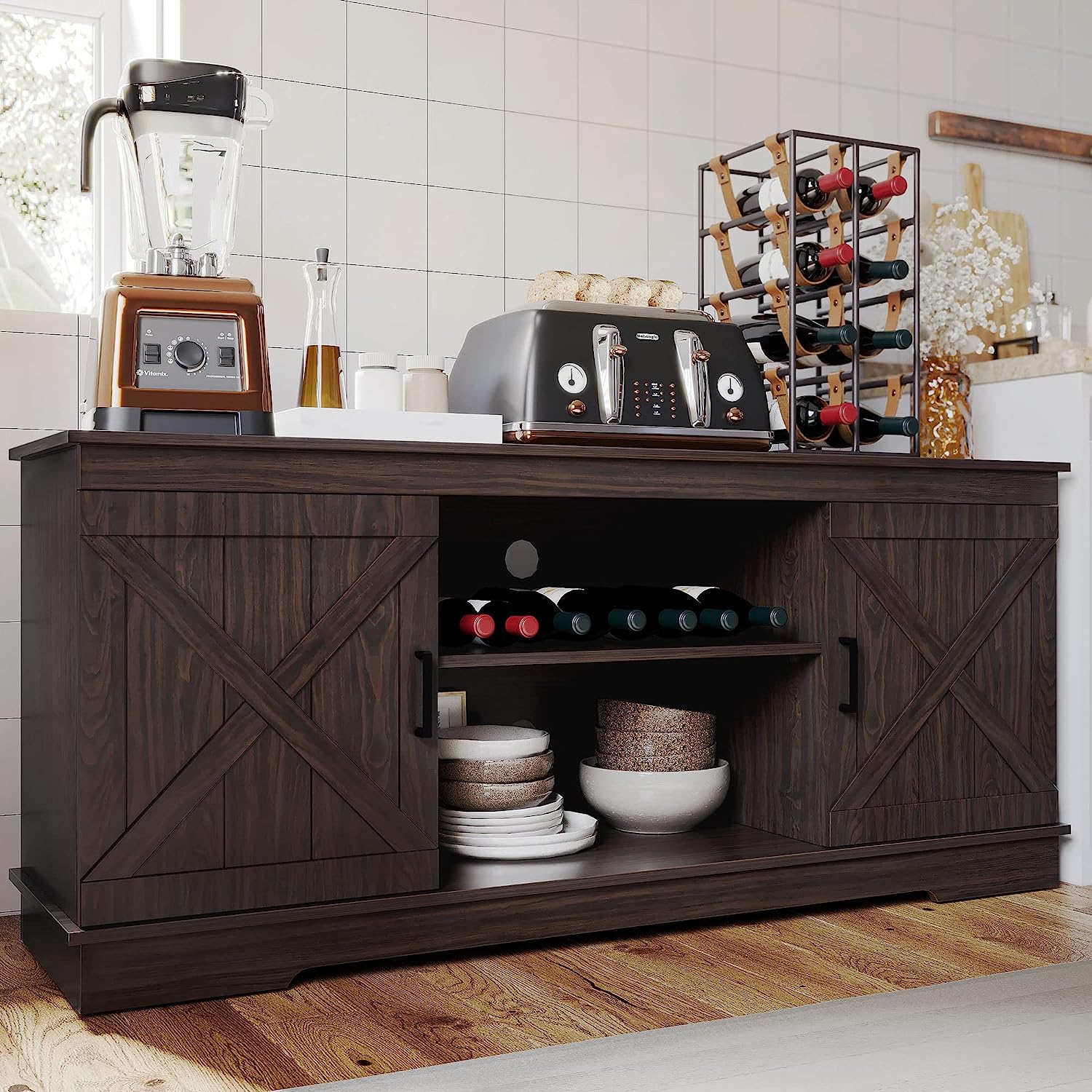

Articles
What Is Buffet Furniture
Modified: January 19, 2024
Discover the beauty and functionality of buffet furniture for your home. Explore our wide selection of furniture options to find the perfect piece to complement your space.
(Many of the links in this article redirect to a specific reviewed product. Your purchase of these products through affiliate links helps to generate commission for Storables.com, at no extra cost. Learn more)
Introduction
Welcome to the world of buffet furniture, where style and functionality meet to create the perfect addition to any home or office. Buffet furniture has been a popular choice for centuries, offering a versatile and elegant solution for storage and display. Whether you are looking to add a touch of sophistication to your dining room or in need of extra storage space in your living room, buffet furniture is the perfect solution.
In this article, we will explore the definition, historical background, styles, materials, functions, and benefits of buffet furniture. We will also delve into the popular types of buffet furniture and provide tips on how to choose the right one for your space. Lastly, we will discuss maintenance and care, ensuring that your buffet furniture continues to shine for years to come.
So, let’s embark on a journey through the world of buffet furniture, where beauty, functionality, and timeless elegance come together.
Key Takeaways:
- Buffet furniture seamlessly combines style and functionality, offering versatile storage solutions and serving as a decorative element in any space. Its rich history and timeless appeal make it a valuable investment for homeowners and interior designers.
- When choosing buffet furniture, consider factors such as size, storage capacity, style, and materials to ensure it harmonizes with your existing décor and meets your functional needs. Regular maintenance and care will help preserve its beauty and durability, enhancing the value and enjoyment of your home.
Read more: What Is A Buffet Table
Definition of Buffet Furniture
Buffet furniture, also known as sideboards or buffet tables, is a piece of furniture that combines storage and serving functionality with style. It is typically found in dining rooms, living rooms, or entryways, and is designed to provide ample storage space for various items while serving as a decorative element in the room.
The term “buffet” originally referred to a sideboard or serving table used to display and serve food in a dining hall. Over time, buffet furniture evolved to encompass a wider range of styles and functions beyond the dining room setting. Today, buffet furniture is versatile and can be used in various spaces, serving as storage for linens, dinnerware, and other household items.
Buffet furniture is characterized by its long and low profile, typically featuring a flat top surface for display, a set of drawers or cabinets for storage, and sometimes an open shelf or wine rack. The design can range from traditional and ornate to modern and sleek, catering to different tastes and interior design styles.
One key feature of buffet furniture is its ability to provide both closed and open storage options. This allows for a combination of concealed storage for items that are not meant to be displayed and open shelving for showcasing decorative items or easy access to frequently used items.
The functionality of buffet furniture extends beyond storage. The flat top surface can double as a serving area during gatherings or can be used as a display space for decorative items such as vases, artwork, or family photographs. Some buffet furniture even includes a built-in wine rack or a wine glass holder, making it a convenient storage solution for wine enthusiasts.
Overall, buffet furniture seamlessly combines style and functionality, adding elegance and practicality to any space. Whether you are looking to enhance your dining room, living room, or entryway, buffet furniture offers a versatile and attractive storage solution that can elevate the aesthetic appeal of your home.
Historical Background of Buffet Furniture
The origins of buffet furniture can be traced back to 18th-century France, where it first became popular among the aristocracy. The term “buffet” was derived from the French word “buffet,” meaning a sideboard or cupboard for storing silverware and dishes.
During this time, buffet furniture was primarily used in grand dining halls to display and serve food during lavish banquets and feasts. These sideboards were often ornately carved and adorned with intricate details, such as decorative moldings and brass hardware. They were symbols of wealth and status, showcasing the refined taste and opulence of the elite.
In the 19th century, buffet furniture gained popularity beyond the aristocratic circles and found its way into middle-class households. The Industrial Revolution brought about advancements in furniture production, making it more accessible to a broader range of people. As a result, buffet furniture became more affordable and available to the masses.
During the Art Nouveau and Art Deco movements of the late 19th and early 20th centuries, buffet furniture underwent a transformation in design. The ornate carvings and heavy decoration of the past gave way to sleeker, streamlined lines and geometric patterns. The focus shifted towards the integration of function and artistic expression, resulting in buffet furniture that was both visually appealing and practical.
With the rise of modernism in the mid-20th century, buffet furniture continued to evolve. Clean lines, minimalistic designs, and the use of new materials like glass and metal became prominent features. The emphasis shifted towards simplicity and functionality, reflecting the changing tastes and lifestyles of the time.
Today, buffet furniture continues to be a popular choice for homeowners and interior designers alike. It has evolved to accommodate various design styles, from traditional to contemporary, and can be found in a wide range of materials, including wood, metal, and even acrylic.
While the historical influences of buffet furniture are still evident in some designs, modern pieces often incorporate innovative features like adjustable shelves, built-in wine racks, and hidden compartments to suit the needs of the modern homeowner.
Buffet furniture has certainly come a long way since its humble beginnings in the grand dining halls of France. Its rich history and timeless appeal make it a versatile and enduring choice for those seeking a functional and stylish storage solution in their homes.
Styles and Designs of Buffet Furniture
Buffet furniture comes in a wide range of styles and designs, catering to various tastes and interior design preferences. Whether you prefer classic elegance, rustic charm, or contemporary minimalism, there is a buffet furniture style to suit your needs. Here are some popular styles and designs:
Traditional: Traditional buffet furniture is characterized by its ornate details, rich finishes, and elaborate carvings. It often features intricate moldings, decorative handles or knobs, and curved edges. This style adds a touch of timeless elegance and sophistication to any space.
Modern: Modern buffet furniture embodies clean lines, sleek shapes, and minimalistic designs. It focuses on functionality, often with hidden storage compartments and adjustable shelves. The use of materials like glass, metal, and acrylic is common in modern buffet furniture, resulting in a more contemporary and streamlined aesthetic.
Mid-century Modern: Inspired by the design movement of the 1950s and 1960s, mid-century modern buffet furniture is characterized by its organic shapes, tapered legs, and retro-inspired details. It exudes a sense of nostalgia and brings a vintage vibe to any space.
Rustic: For those who appreciate a more natural and rustic look, rustic buffet furniture is an excellent option. It often features distressed wood finishes, rough textures, and handcrafted details. This style embraces the warmth and charm of country living, adding a cozy and inviting ambiance to any room.
Industrial: Industrial buffet furniture combines elements of rustic and modern design. It often features metal accents, exposed hardware, and reclaimed wood. The industrial aesthetic brings a sense of urban chic and raw authenticity to any space.
Contemporary: Contemporary buffet furniture showcases the latest trends and design elements. It embraces innovative shapes, bold colors, and unconventional materials. This style is perfect for those who prefer a fresh and cutting-edge look in their homes.
While these are some of the most common styles, buffet furniture designs can also be influenced by specific cultural aesthetics, such as Asian-inspired or Mediterranean-inspired designs. The choice of style ultimately depends on personal preference and the overall decor of the room.
Regardless of the style you choose, it is important to consider the proportions of the buffet furniture in relation to the space it will occupy. The size and scale of the piece can greatly impact the overall aesthetic and functionality of the room.
By selecting a buffet furniture style that complements your overall design vision, you can create a cohesive and harmonious look for your space. Whether you prefer classic elegance or contemporary flair, buffet furniture allows you to express your unique style while providing practical storage solutions.
Materials Used in Buffet Furniture
Buffet furniture comes in a variety of materials, each offering unique aesthetics, durability, and functionality. The choice of material can greatly impact the overall look and feel of the piece, so let’s explore some common materials used in buffet furniture:
Wood: Wood is one of the most popular materials for buffet furniture. It offers timeless beauty, warmth, and versatility. Hardwoods such as oak, mahogany, and walnut are commonly used due to their durability and natural grain patterns. Wood can be left in its natural state, stained, or painted to achieve different finishes and colors.
Metal: Metal is another widely used material in buffet furniture, particularly in modern and industrial styles. Stainless steel, aluminum, and wrought iron are commonly used for their strength and sleek appearance. Metal surfaces can be polished, brushed, or powder-coated to create different textures and finishes.
Glass: Glass accents are often incorporated into buffet furniture to add a touch of elegance and sophistication. Glass shelves, sliding doors, or decorative panels can provide a sleek and transparent display area, allowing guests to appreciate the items within. Tempered glass is commonly used for its durability and safety.
Acrylic: Acrylic is a modern and contemporary material that is gaining popularity in buffet furniture design. Its clarity and light-reflecting properties create a sleek and minimalist look. Acrylic is also lightweight and durable, making it a practical choice for those seeking a more contemporary aesthetic.
Reclaimed and Recycled Materials: In recent years, there has been a growing trend towards sustainable and eco-friendly design. Buffet furniture made from reclaimed wood, recycled metal, or other repurposed materials is becoming increasingly popular. These unique pieces not only add character to the space but also promote environmental consciousness.
Veneers and Laminates: Veneers and laminates are thin layers of wood or synthetic material that are applied to a core material, such as particleboard or MDF (medium-density fiberboard). They can achieve the look of more expensive materials at a lower cost. Veneers can mimic the appearance of various wood species, while laminates offer a wide range of colors and patterns.
Leather or Fabric Upholstery: Some buffet furniture designs incorporate upholstery on doors or drawer fronts to add texture and visual interest. Leather or fabric upholstery can soften the overall look of the piece and enhance its tactile appeal. This is commonly seen in traditional or luxurious buffet furniture styles.
When choosing the material for your buffet furniture, consider factors such as durability, maintenance requirements, and how well it aligns with your overall design vision. Each material has its unique characteristics and can contribute to the overall aesthetic and longevity of the piece.
Read more: What-Not Furniture
Functions and Uses of Buffet Furniture
Buffet furniture offers a multitude of functions and uses, making it a versatile and practical addition to any home or office. Let’s explore some of the key functions and uses of buffet furniture:
Storage: One of the primary functions of buffet furniture is storage. With its multiple drawers, cabinets, and shelves, buffet furniture provides ample space to store various items, such as dinnerware, linens, serving utensils, and more. It keeps your space organized and allows for easy access to frequently used items.
Serving: Buffet furniture is also designed to serve as a convenient surface for hosting meals or gatherings. The flat top surface provides space for placing trays, platters, or displays of food and beverages for guests to serve themselves. It eliminates the need for cluttering the dining table and allows for smooth and efficient serving.
Display: Many buffet furniture designs incorporate open shelves or glass panels that are perfect for displaying decorative items. Whether it’s your collection of fine china, cherished heirlooms, or art pieces, the buffet furniture provides a beautiful platform to showcase your treasures. It adds a touch of elegance and personality to your space.
Entertainment Center: Buffet furniture can also serve as an entertainment center in the living room. By placing a television on top or within the unit, it becomes a stylish and functional piece of furniture that houses media devices, DVDs, gaming consoles, and other peripherals. This feature allows you to keep all your electronics and entertainment essentials organized and easily accessible.
Home Office Storage: In addition to its traditional dining or living room uses, buffet furniture can also be utilized in home offices or workspaces. It provides storage space for office supplies, files, and documents, helping you maintain a clean and organized work environment. The top surface can function as a desk or workspace, allowing you to create a dedicated area for productivity.
Room Divider: Buffet furniture can be used strategically to divide open-concept spaces or define separate areas within a room. Placed against a wall or in the middle of a space, it creates a visual barrier without blocking natural light or impeding the flow of the room. This dual functionality of storage and room division makes buffet furniture a versatile choice.
With its diverse range of functions and uses, buffet furniture offers practicality and versatility throughout your home or office. Whether it’s storing and displaying your cherished possessions, serving meals with ease, or organizing your workspace, buffet furniture is designed to enhance functionality and elevate the aesthetics of your space.
When shopping for buffet furniture, consider the size and style of the piece to ensure it fits well in your space and complements your existing decor. Look for durable materials and ample storage options to meet your needs.
Benefits of Buffet Furniture
Buffet furniture offers numerous benefits that make it a popular choice for homeowners and interior designers. Let’s explore some of the key benefits of incorporating buffet furniture into your space:
1. Versatile Storage: Buffet furniture provides ample storage options with its multiple drawers, cabinets, and shelves. It allows you to organize and neatly store various items, such as dinnerware, linens, electronics, office supplies, and more. The versatility of buffet furniture ensures that you have a designated space for everything.
2. Space-Saving Solution: Buffet furniture is typically long and low-profile, making it ideal for smaller spaces. It maximizes storage capacity without occupying too much floor space. Its sleek design allows it to seamlessly blend into different room layouts, making it a space-saving solution for apartments, condos, or rooms with limited square footage.
3. Enhances Décor: With its elegant and stylish designs, buffet furniture serves as a decorative element that enhances the overall aesthetics of the room. It adds visual interest, texture, and personality to your space, whether you prefer a traditional, modern, rustic, or eclectic style. The variety of finishes, materials, and designs available ensures that there is a buffet furniture piece to complement any décor theme.
4. Functional Serving Area: Buffet furniture provides a convenient serving area during meals or gatherings. The flat top surface allows for the placement of food, drinks, or serving dishes, freeing up the dining table and streamlining the serving process. It eliminates the need for multiple trips to the kitchen and creates a seamless and efficient dining experience for you and your guests.
5. Easy Access and Organization: The well-designed storage compartments of buffet furniture make it easy to access and organize your belongings. No more searching through cluttered cabinets or digging through piles of items. With its designated spaces, you can easily locate and retrieve what you need, whether it’s cutlery, electronics, or office supplies.
6. Flexibility and Multi-Purpose Use: Buffet furniture is highly versatile and can serve multiple functions in different rooms. While traditionally associated with dining rooms, it can also be used as an entertainment center in the living room, a storage solution in the entryway, or an office organizer in a home office. Its adaptability ensures that it can grow and evolve with your changing needs.
7. Adds Value to Your Home: Buffet furniture is not only aesthetically pleasing but also adds value to your home. Its functional storage and stylish design can be attractive selling points if you decide to put your property on the market in the future. Potential buyers will appreciate the added storage space and the overall appeal that buffet furniture brings to the space.
With its versatility, functionality, and aesthetic appeal, buffet furniture offers a range of benefits that can greatly enhance your living experience. From efficient storage to stylish design, it is an investment that brings both practicality and beauty to your home.
Popular Types of Buffet Furniture
Buffet furniture comes in a variety of types, each catering to different needs and design preferences. Whether you are looking for a classic sideboard, a minimalist buffet table, or a multifunctional storage cabinet, there is a type of buffet furniture to suit your style. Let’s explore some popular types:
Sideboard: Sideboards are the most traditional type of buffet furniture. They typically feature a long, low-profile design with drawers and cabinets for storage. Sideboards often have a flat top surface for displaying decorative items or serving food during gatherings. They are usually made of wood and have elegant detailing and carvings, adding a touch of sophistication to any space.
Buffet Table: Buffet tables are versatile and practical pieces of furniture. They usually have a more streamlined design compared to sideboards, with a simple flat top surface and open storage shelves or cabinets underneath. Buffet tables offer a modern and minimalist look, perfect for contemporary or transitional interior styles. They are ideal for serving food, displaying décor, or providing additional storage in dining rooms, living rooms, or entryways.
China Cabinet: China cabinets combine the functionality of storage with a glass display area. They typically have a upper portion with glass doors and shelves for showcasing fine china, glassware, or collectibles. The lower portion consists of drawers or cabinets for storing items that are not meant for display. China cabinets are often made of wood and feature intricate details and craftsmanship, making them a focal point in dining rooms or formal entertaining spaces.
Console Table: Console tables serve as slim and stylish buffet furniture options. They are narrow in depth, making them perfect for smaller spaces or hallways. Console tables often have a flat top surface for displaying decorative items, while some designs feature drawers or shelves for additional storage. They are versatile pieces that can be used in entryways, living rooms, or dining rooms to add a touch of elegance and functionality.
Bar Cabinet: Bar cabinets are specialized buffet furniture designed to store and display bottles, glassware, and bar accessories. They often have a compact design with dedicated compartments for wine bottles, hanging racks for glasses, and shelves for bar tools. Bar cabinets can be standalone units or incorporated within a larger buffet furniture piece. They are perfect for those who enjoy entertaining and want a dedicated space for their beverages and accessories.
Modular Buffet: Modular buffet furniture offers flexibility and customization options. These versatile pieces consist of various modules that can be arranged and combined to suit specific storage needs or room layouts. The modular design allows for easy expansion or reconfiguration in the future. Whether you need more drawers, shelves, or cabinets, modular buffet furniture can adapt to your changing requirements seamlessly.
These are just a few examples of the popular types of buffet furniture available. Each type offers its own unique features and benefits, catering to different tastes and needs. By selecting the right type of buffet furniture, you can add functionality, style, and organization to your space while complementing your overall design vision.
How to Choose Buffet Furniture
Choosing the right buffet furniture can be an exciting process, as it allows you to enhance the functionality and aesthetics of your space. Here are some factors to consider when selecting buffet furniture:
1. Size and Proportions: Assess the available space in the room where you plan to place the buffet furniture. Measure the area to ensure that the piece you choose fits well and allows for easy movement around it. Consider the height, width, and depth of the buffet furniture to ensure it is proportionate to the room and other furniture pieces.
2. Storage Capacity: Determine the amount and type of storage you require. Consider the number of drawers, cabinets, and shelves needed to accommodate your belongings. Think about what items you plan to store, such as dinnerware, linens, electronics, or office supplies, and make sure the buffet furniture provides adequate space and organization options.
3. Style and Design: The style of buffet furniture should complement your existing décor and personal taste. Decide on the design aesthetic you prefer, such as traditional, modern, rustic, or eclectic. Consider the finishes, materials, and details that will harmonize with the overall theme of the room. The buffet furniture should seamlessly integrate with the rest of your furniture and enhance the visual appeal of the space.
4. Material and Construction: Pay attention to the quality of materials used in the buffet furniture. Choose a material that is durable, easy to maintain, and fits your aesthetic preferences. Wood and metal are popular choices for their strength and longevity. Assess the construction of the piece, looking for solid construction, sturdy joints, and smooth operation of drawers and cabinets.
5. Functionality: Consider the specific functions you require from the buffet furniture. Do you need a flat top surface for serving food? Are you looking for additional features such as a wine rack, glass holder, or built-in lighting? Think about how you plan to use the buffet furniture and choose a piece that meets your functional needs.
6. Budget: Establish a budget range before you start your search. This will help you narrow down your options and prevent overspending. Remember to consider not only the initial purchase cost but also any additional costs, such as delivery fees or assembly charges.
7. Reviews and Recommendations: Do your research and read reviews from reputable sources or customers who have purchased similar buffet furniture. Learning from others’ experiences can provide valuable insights into the quality, durability, and customer satisfaction of different brands or models.
By considering these factors, you can make an informed decision when choosing buffet furniture that meets your specific needs and enhances the overall look and functionality of your space. Remember, the right buffet furniture should not only provide ample storage but also showcase your personal style and enhance the ambiance of your home or office.
Read more: How To Display Napkins On A Buffet Table
Maintenance and Care of Buffet Furniture
Proper maintenance and care of your buffet furniture will help ensure its longevity and keep it looking its best. Here are some tips to help you maintain and care for your buffet furniture:
1. Regular Cleaning: Dust your buffet furniture regularly using a soft, lint-free cloth or a microfiber duster. Avoid using abrasive cleaners or harsh chemicals that could damage the finish or surface of the furniture. For stubborn stains, use a mild soap solution and gently wipe the affected area with a damp cloth.
2. Avoid Excessive Moisture: Protect your buffet furniture from excessive moisture, as it can cause warping or damage to the wood or other materials. Use coasters or placemats when placing beverages or hot objects on the surface. Clean up spills promptly to prevent stains and damage.
3. Prevent Sun Damage: Place your buffet furniture away from direct sunlight or use curtains or blinds to block the light. Prolonged exposure to sunlight can fade and discolor the wood or other materials used in the furniture. UV-protective window film can also be applied to reduce the harmful effects of the sun’s rays.
4. Use Proper Cleaning Products: When cleaning your buffet furniture, use cleaning products specifically designed for the type of material used. For wood furniture, use a wood cleaner or a mixture of vinegar and water for regular cleaning. Avoid using abrasive cleaners that can scratch the surface.
5. Polish and Wax: Periodically, apply furniture polish or wax to protect and enhance the natural beauty of the wood. Follow the instructions on the product label and use a soft cloth to apply the polish in the direction of the wood grain. This will help maintain the luster and shine of your buffet furniture.
6. Handle with Care: When moving or repositioning your buffet furniture, lift and carry it rather than dragging it across the floor. This will prevent scratches on the furniture and damage to the flooring. Use furniture pads or felt protectors under the legs to prevent scratching on hard surfaces.
7. Check and Tighten Hardware: Periodically inspect the hardware, such as handles, knobs, and hinges, to ensure they are secure. If any hardware is loose, tighten it gently using a screwdriver. This will ensure that the drawers and doors operate smoothly and ensure the longevity of your buffet furniture.
8. Avoid Overloading: Be mindful of the weight placed on your buffet furniture. Avoid overloading the drawers or shelves with excessive weight, as it can cause damage or strain on the furniture. Distribute the weight evenly and avoid standing or sitting on the furniture.
9. Professional Maintenance: Consider having your buffet furniture professionally maintained and serviced periodically, especially for more intricate or delicate pieces. Professional furniture restorers can help with deep cleaning, refinishing, or repairs that are beyond your capabilities.
By following these maintenance and care tips, you can prolong the life of your buffet furniture and keep it looking its best for years to come. Your buffet furniture will continue to enhance the functionality and aesthetics of your space, providing storage, style, and enjoyment.
Conclusion
Buffet furniture is not only a functional storage solution but also a stylish and versatile addition to any home or office. With its wide range of styles, designs, and materials, buffet furniture can effortlessly enhance the aesthetics and functionality of your space. Whether you prefer traditional elegance, modern minimalism, or rustic charm, there is a buffet furniture piece that will suit your style and needs.
Throughout history, buffet furniture has evolved to accommodate the changing tastes and lifestyles of people. From its origins as a sideboard in grand dining halls to its presence in contemporary living spaces, buffet furniture continues to provide a range of benefits. It offers ample storage options, serves as a convenient serving area during meals or gatherings, and adds a touch of elegance and personality to the room.
When choosing buffet furniture, consider factors such as size, storage capacity, style, and materials. Ensure that the buffet furniture harmonizes with your existing décor and meets your functional needs. Regular maintenance and care, including dusting, cleaning, and using proper products, will help preserve the beauty and durability of your buffet furniture.
Whether you’re using it in a dining room, living room, entryway, or home office, buffet furniture offers both functionality and visual appeal. It allows you to stay organized, showcase your treasures, and create a cohesive and stylish space. The versatility and timeless charm of buffet furniture make it a valuable investment that can enhance the value and enjoyment of your home.
So, go ahead and explore the world of buffet furniture. Discover the style that speaks to you, choose the perfect piece for your space, and enjoy the benefits of storage, decoration, and practicality that buffet furniture brings. Embrace the elegance, versatility, and functionality of buffet furniture and create a space that truly reflects your unique style and personality.
Frequently Asked Questions about What Is Buffet Furniture
Was this page helpful?
At Storables.com, we guarantee accurate and reliable information. Our content, validated by Expert Board Contributors, is crafted following stringent Editorial Policies. We're committed to providing you with well-researched, expert-backed insights for all your informational needs.
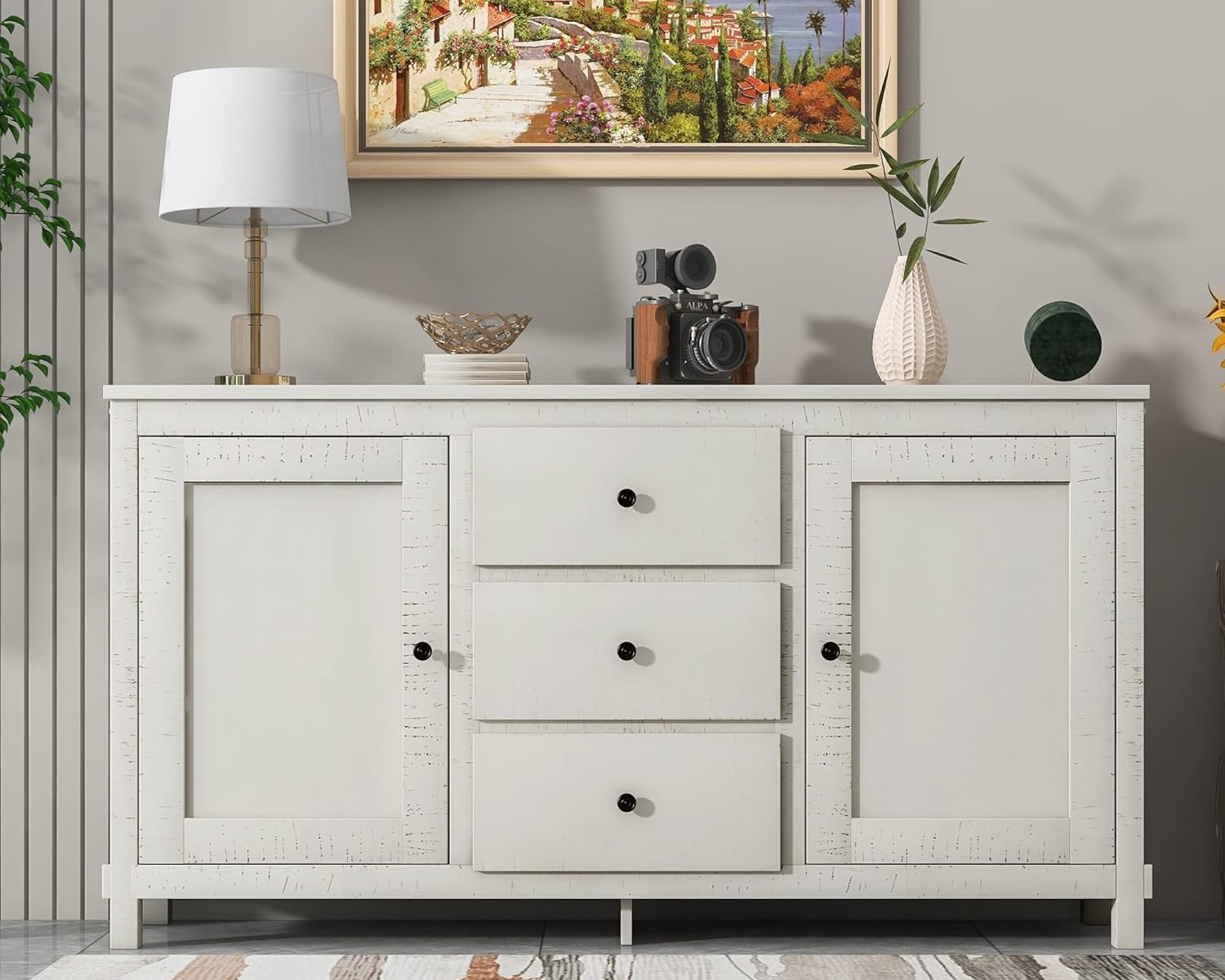
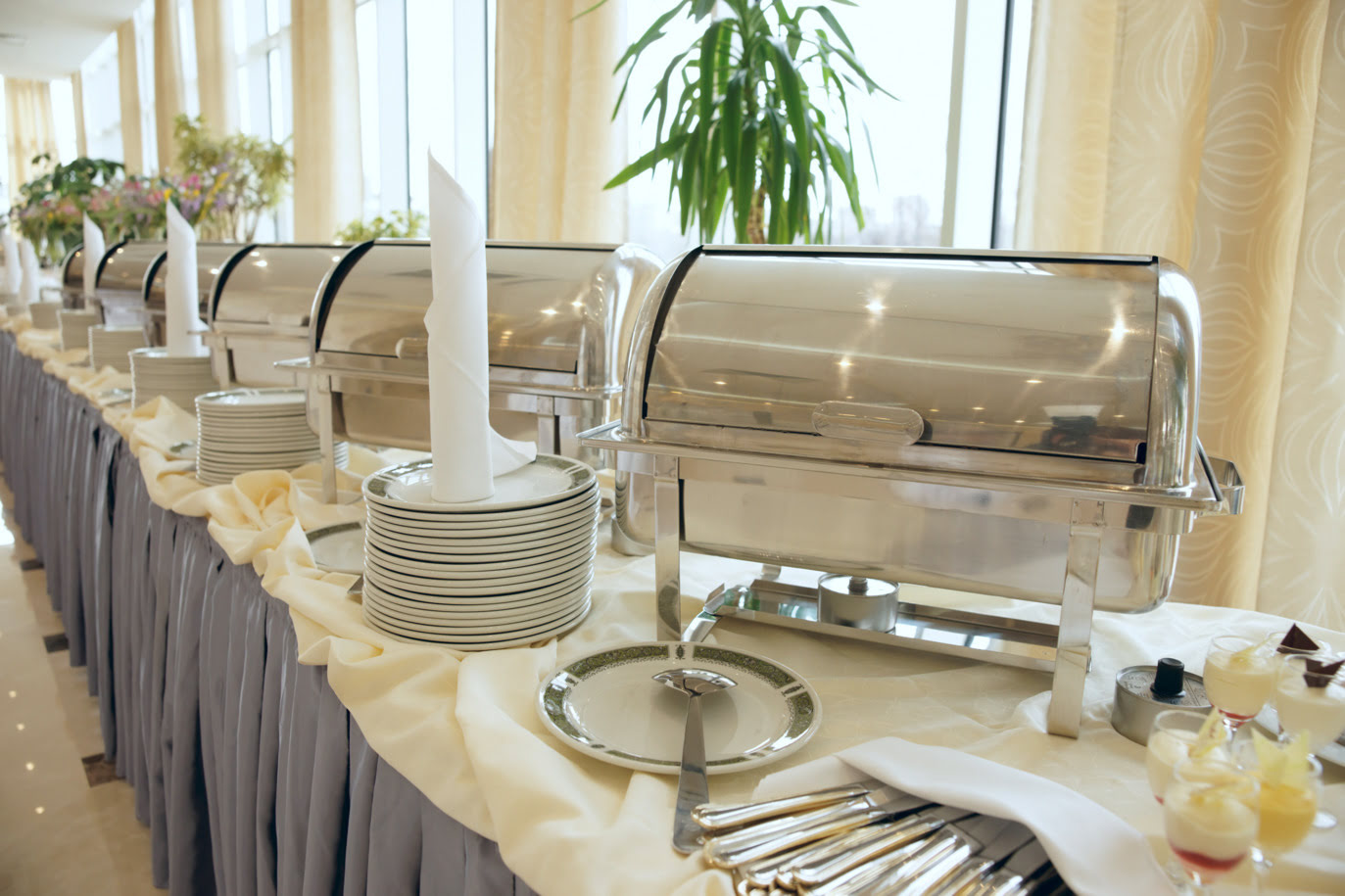
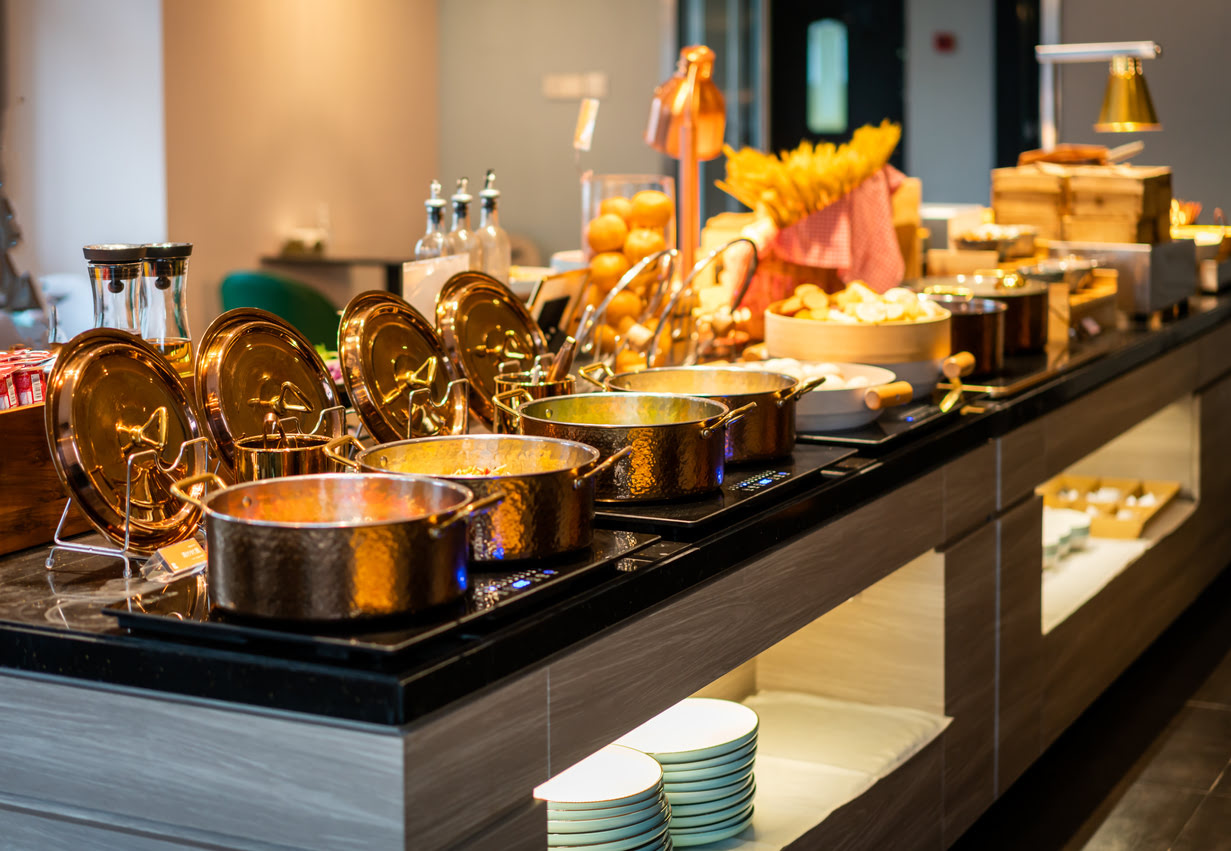
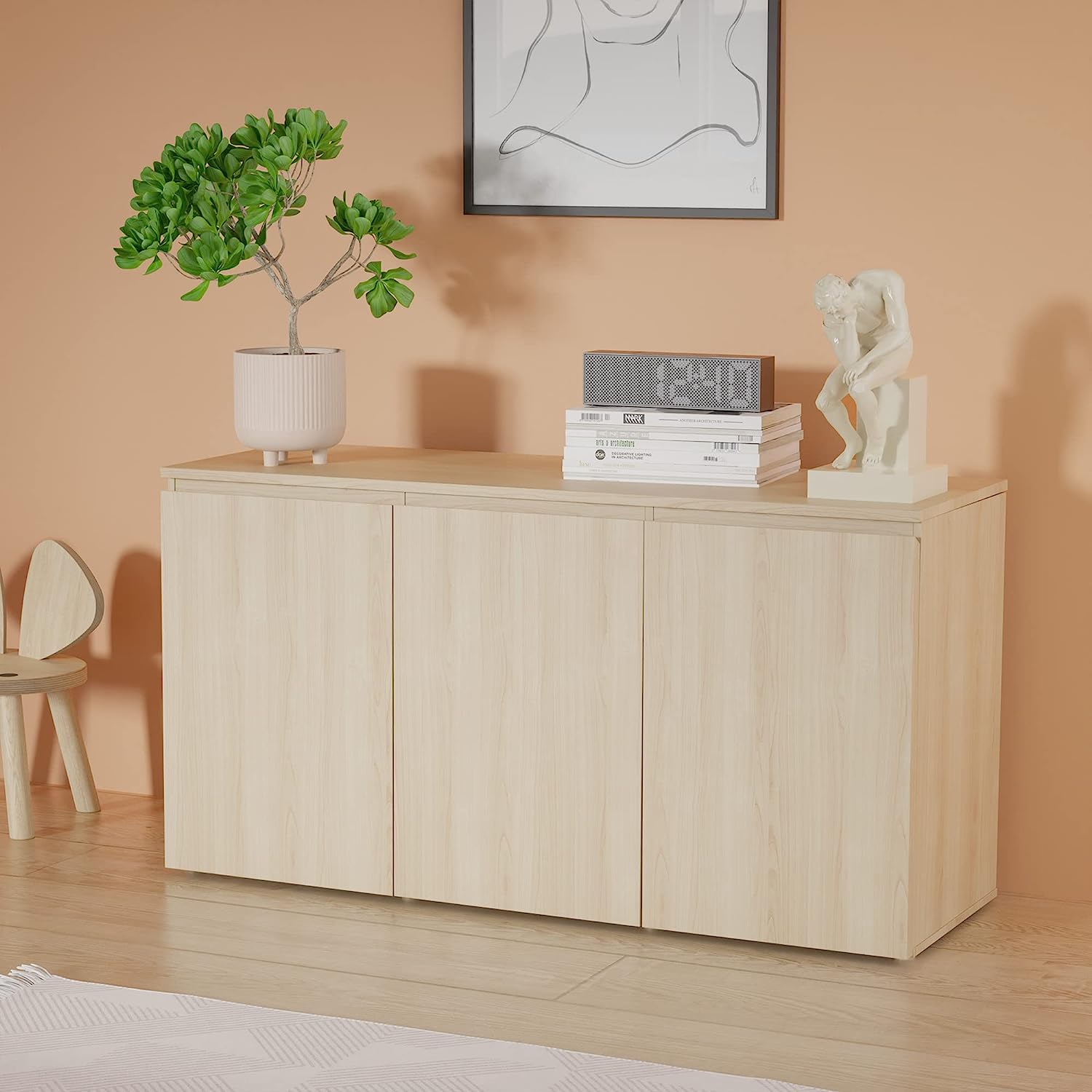
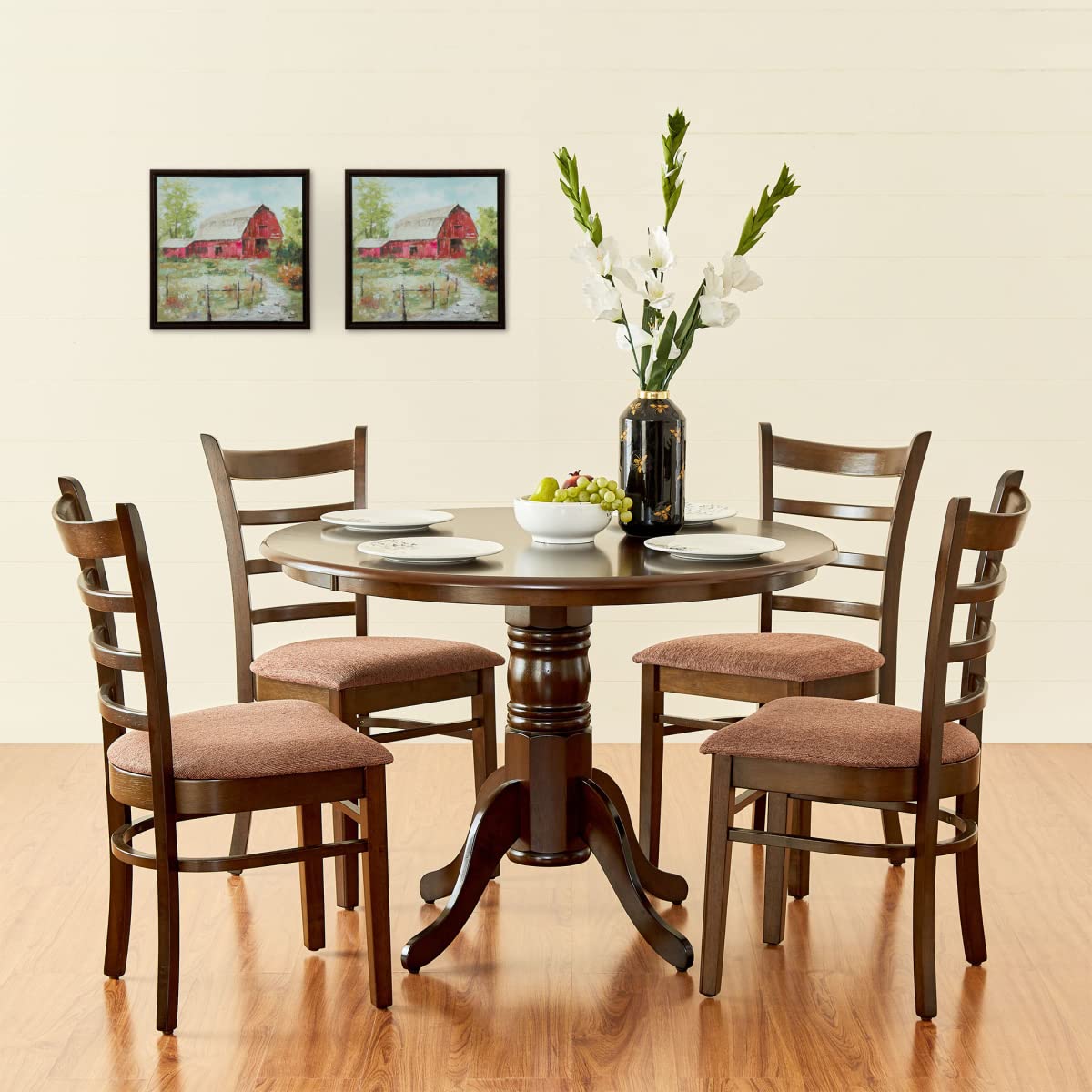
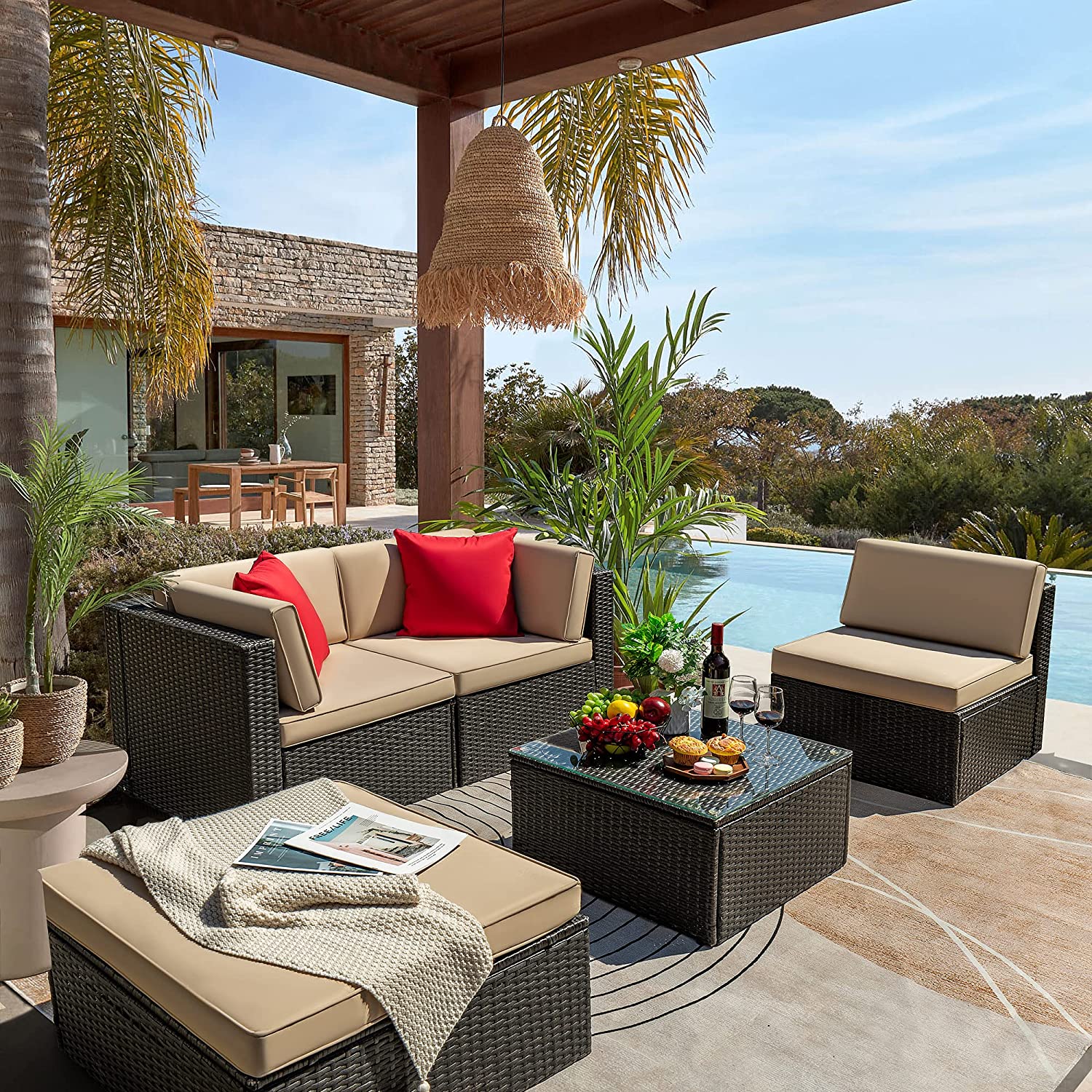
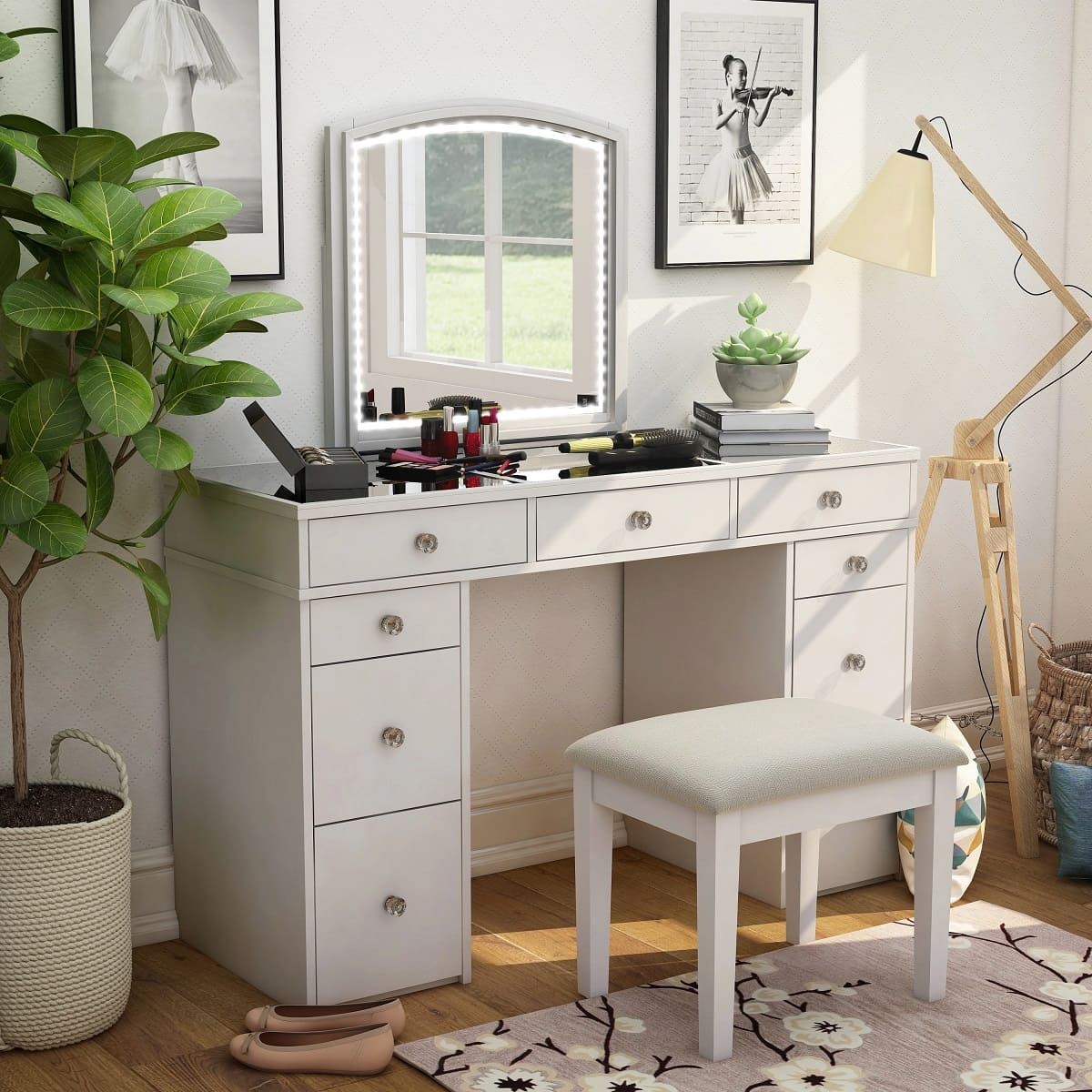
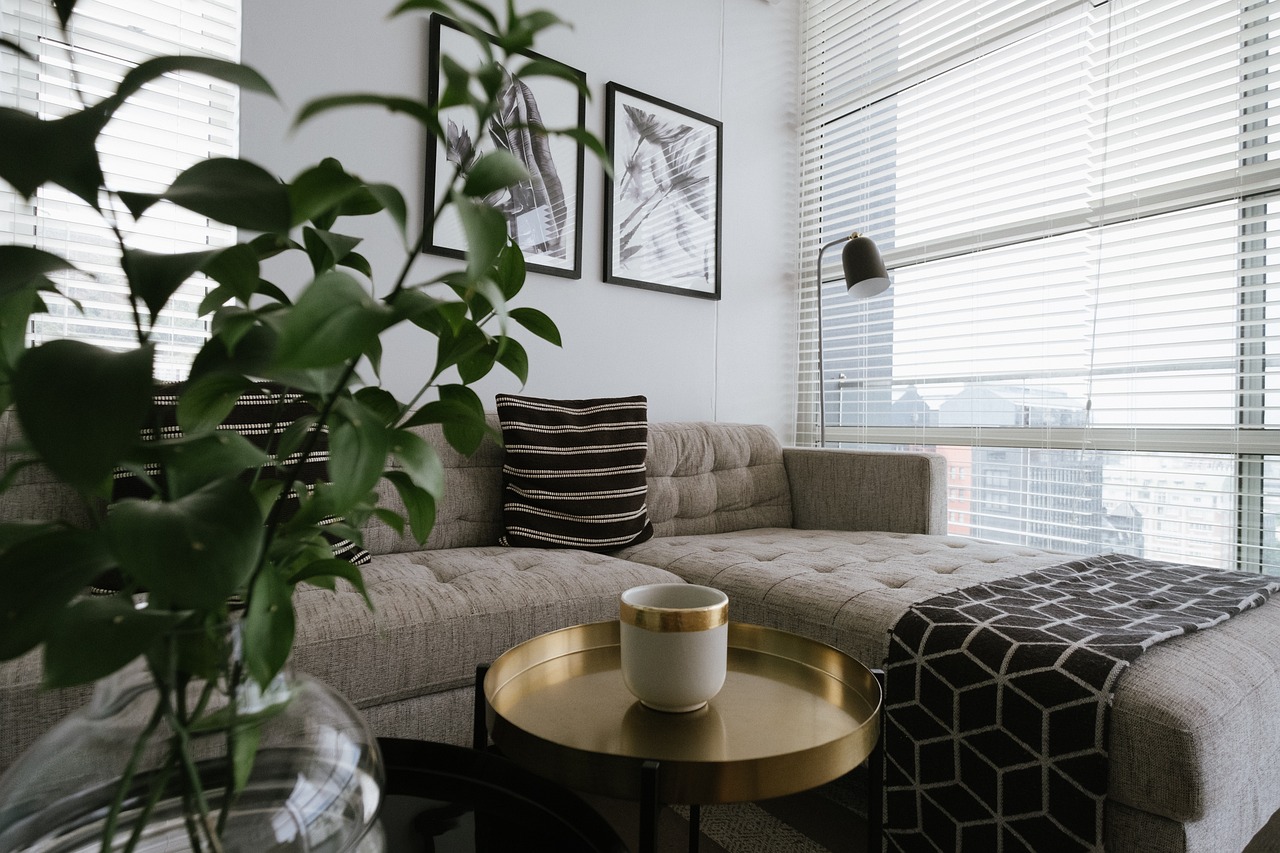

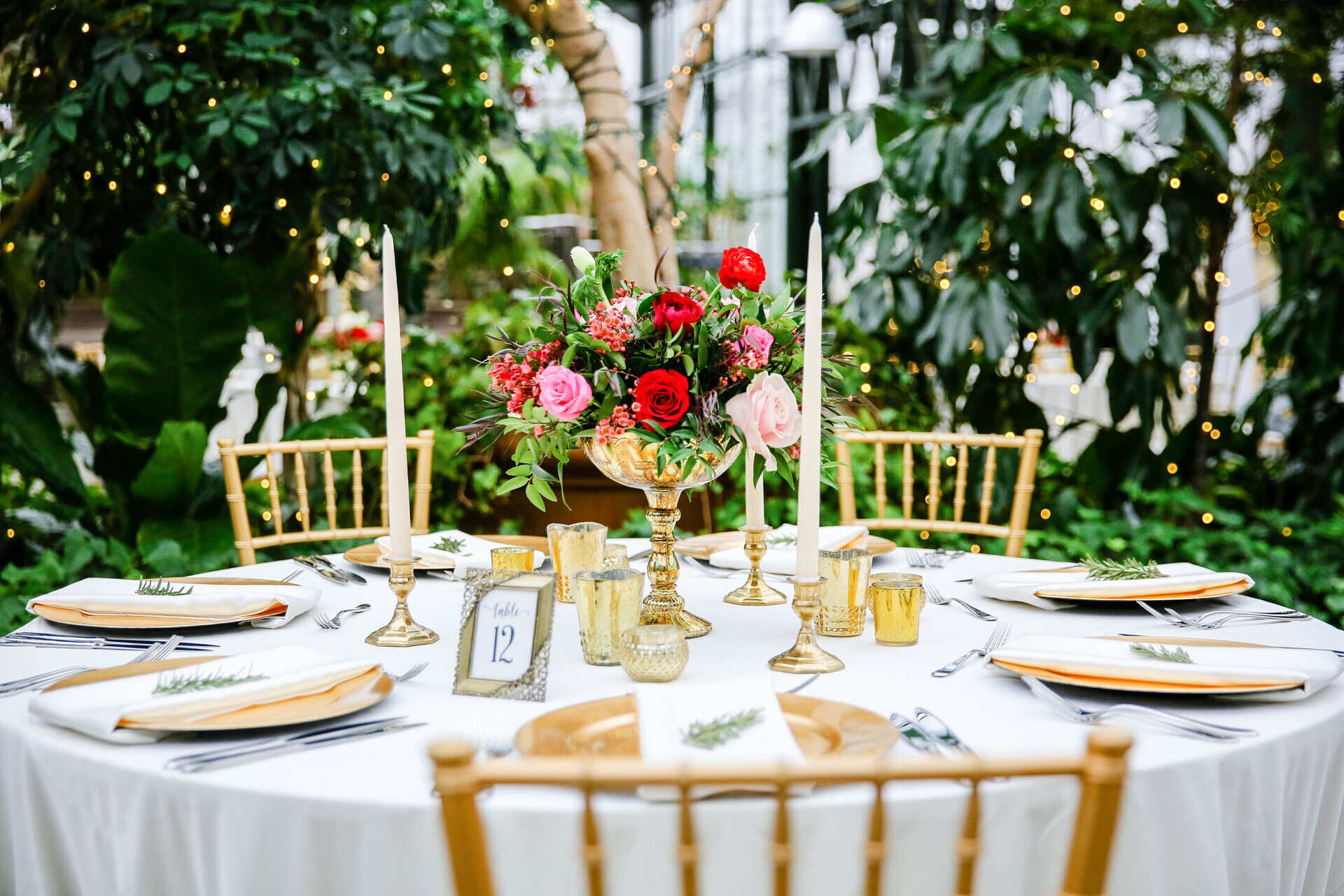
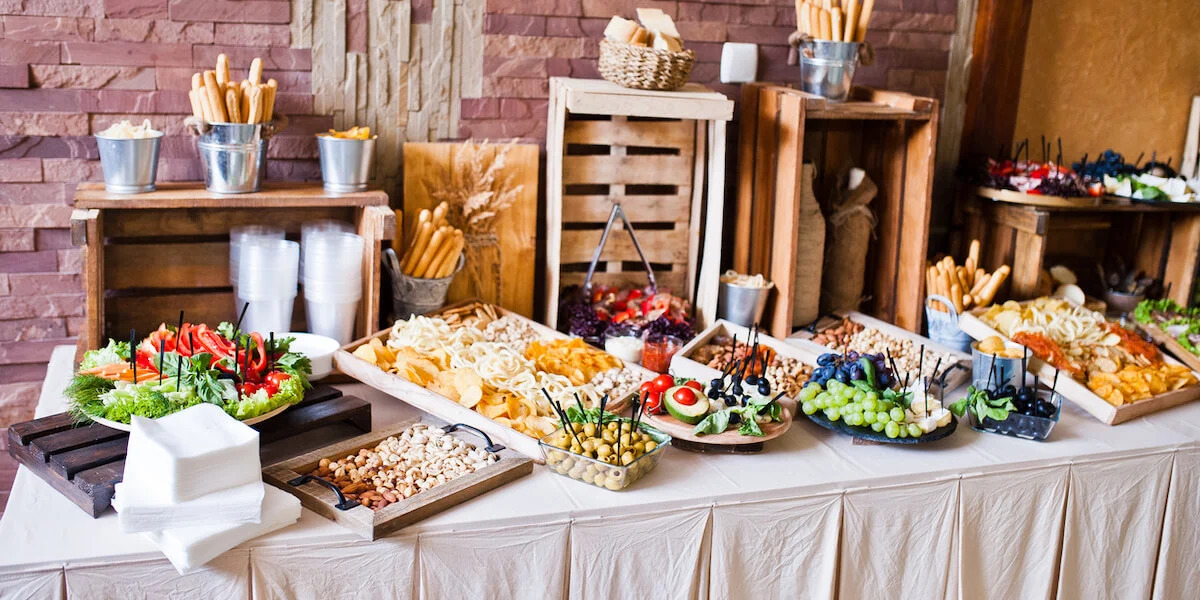
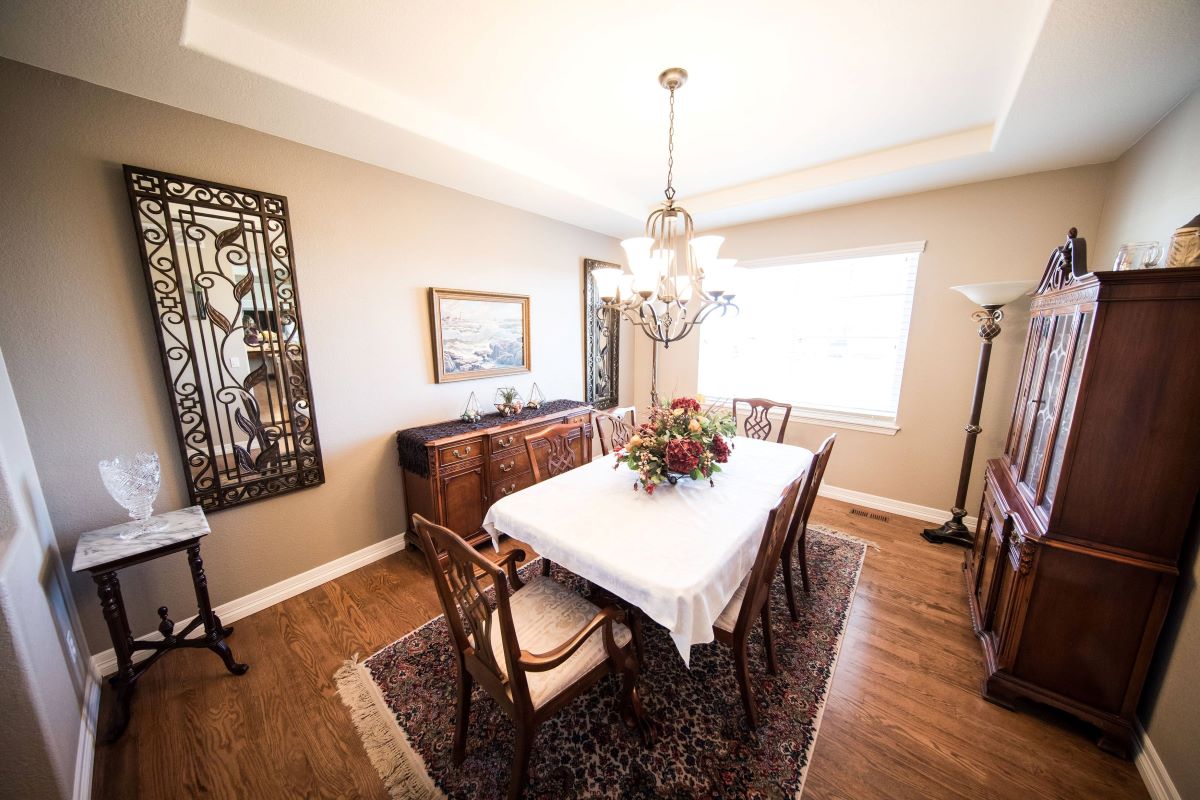
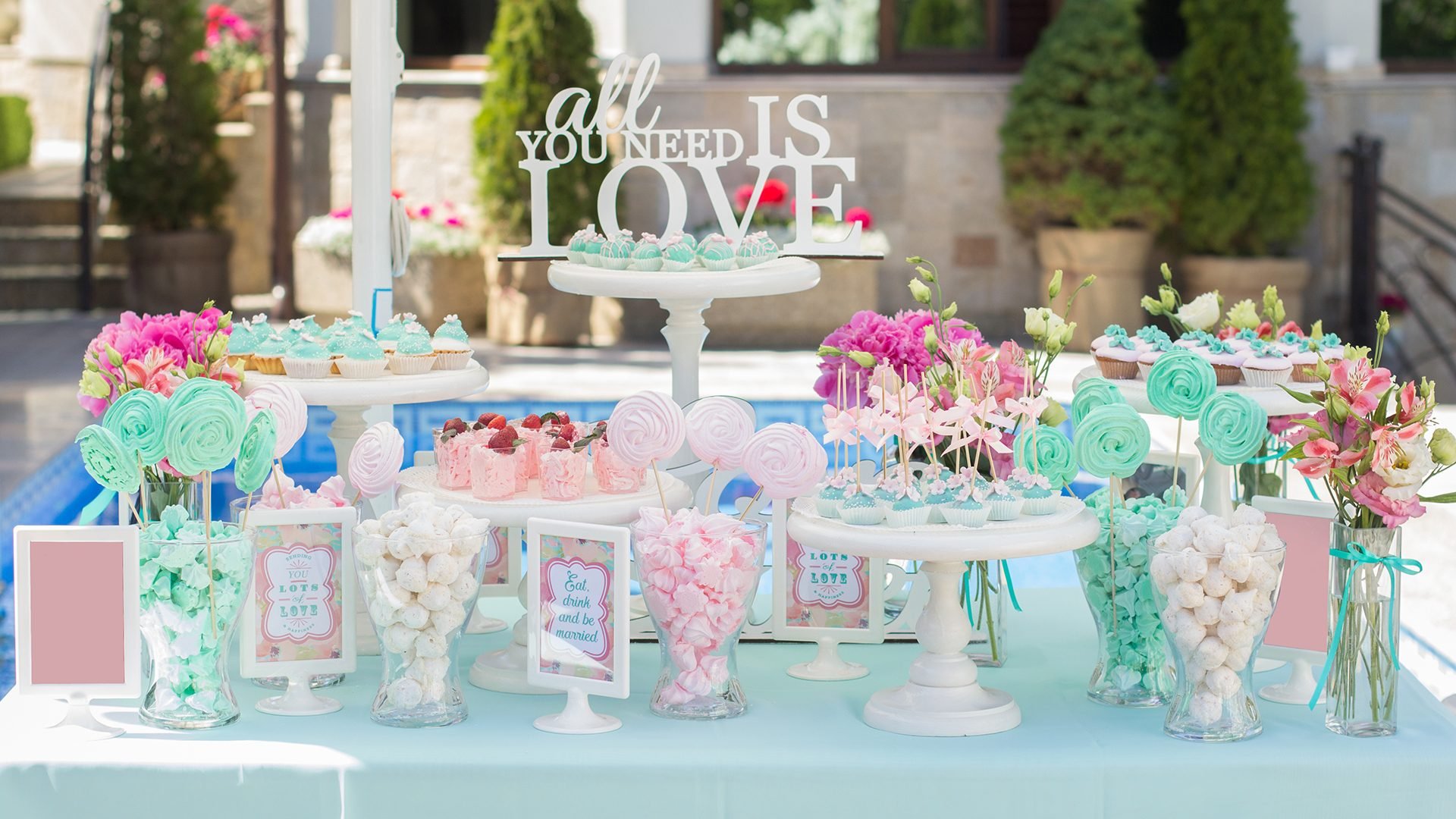

0 thoughts on “What Is Buffet Furniture”